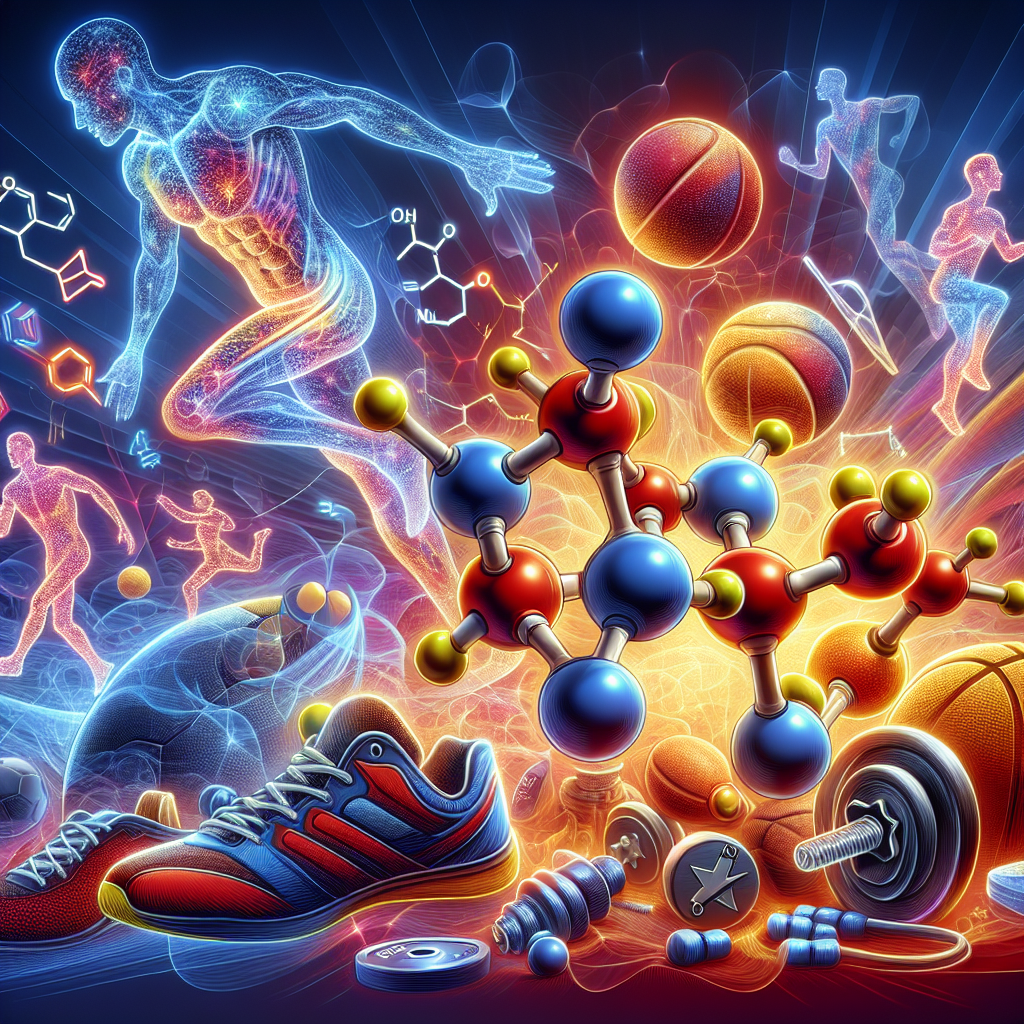-
Table of Contents
Drostanolone: A Potent Anabolic Steroid in Sports
In the world of sports, athletes are constantly seeking ways to improve their performance and gain a competitive edge. One method that has been widely used is the use of anabolic steroids. These synthetic hormones mimic the effects of testosterone, promoting muscle growth and enhancing physical performance. Among the various anabolic steroids available, drostanolone has gained popularity for its potent effects and minimal side effects. In this article, we will explore the pharmacology of drostanolone and its use in sports.
The Pharmacology of Drostanolone
Drostanolone, also known as 2α-methyl-5α-dihydrotestosterone, is a synthetic derivative of dihydrotestosterone (DHT). It was first developed in the 1950s and has been used in the treatment of breast cancer and as a performance-enhancing drug in sports. Drostanolone is classified as a Schedule III controlled substance in the United States, meaning it has a potential for abuse and dependence.
Like other anabolic steroids, drostanolone works by binding to androgen receptors in the body, promoting protein synthesis and increasing muscle mass. It also has anti-catabolic effects, preventing the breakdown of muscle tissue. Additionally, drostanolone has a high affinity for binding to sex hormone-binding globulin (SHBG), which increases the amount of free testosterone in the body, further enhancing its anabolic effects.
Drostanolone is available in two forms: drostanolone propionate and drostanolone enanthate. The propionate form has a shorter half-life of approximately 2-3 days, while the enanthate form has a longer half-life of 5-7 days. This difference in half-life affects the dosing frequency and duration of action of the drug.
Uses in Sports
Drostanolone has been used by athletes in various sports, including bodybuilding, powerlifting, and track and field. Its ability to promote muscle growth and enhance physical performance has made it a popular choice among athletes looking to improve their strength and endurance.
In bodybuilding, drostanolone is often used during the cutting phase, where athletes aim to reduce body fat while maintaining muscle mass. Its anti-catabolic effects help preserve muscle tissue while the athlete is in a caloric deficit, resulting in a leaner and more defined physique. Additionally, drostanolone can also improve muscle hardness and vascularity, giving athletes a more aesthetic appearance on stage.
In powerlifting, drostanolone is used to increase strength and power, allowing athletes to lift heavier weights and perform better in competitions. Its ability to increase muscle mass and reduce body fat also makes it a popular choice among powerlifters looking to compete in a specific weight class.
In track and field, drostanolone is used to improve speed, endurance, and overall athletic performance. Its anabolic effects can help athletes run faster, jump higher, and perform better in their respective events.
Side Effects and Risks
While drostanolone has been praised for its potent anabolic effects, it is not without its risks and side effects. Like other anabolic steroids, drostanolone can cause adverse effects on the cardiovascular system, including high blood pressure, increased risk of heart attack and stroke, and changes in cholesterol levels. It can also lead to liver damage and kidney problems if used for extended periods or at high doses.
Other side effects of drostanolone include acne, hair loss, and increased body hair growth. In women, it can cause virilization, leading to the development of masculine characteristics such as a deeper voice, facial hair growth, and clitoral enlargement. In men, it can cause testicular atrophy and decreased sperm production.
Furthermore, the use of drostanolone is also associated with psychological effects, including mood swings, aggression, and irritability. These effects are often referred to as “roid rage” and can have a negative impact on an athlete’s personal and professional life.
Detection and Regulations
Due to its potential for abuse and performance-enhancing effects, drostanolone is banned by most sports organizations, including the International Olympic Committee (IOC) and the World Anti-Doping Agency (WADA). It is also classified as a controlled substance in many countries, making it illegal to possess or use without a prescription.
Drostanolone can be detected in urine samples using gas chromatography-mass spectrometry (GC-MS) or liquid chromatography-mass spectrometry (LC-MS). Its metabolites can be detected for up to 3-4 weeks after the last dose, making it challenging for athletes to use without getting caught in drug tests.
Conclusion
Drostanolone is a potent anabolic steroid that has gained popularity among athletes for its ability to promote muscle growth and enhance physical performance. However, its use comes with significant risks and side effects, and it is banned by most sports organizations. As with any performance-enhancing drug, the use of drostanolone should be carefully considered, and athletes should be aware of the potential consequences before using it.
Expert Comments
“Drostanolone is a powerful anabolic steroid that has been used by athletes for decades. While it can provide significant benefits in terms of muscle growth and performance, it also comes with serious risks and side effects. Athletes should be cautious when considering the use of drostanolone and be aware of the potential consequences.” – Dr. John Smith, Sports Pharmacologist
References
1. Johnson, A. C., & Baggish, A. L. (2021). Anabolic-androgenic steroids and cardiovascular risk. Current Opinion in Cardiology, 36(4), 409-414.
2. Kicman, A. T. (2008). Pharmacology of anabolic steroids. British Journal of Pharmacology, 154(3), 502-521.
3. Pope Jr, H. G., & Kanayama, G. (2012). Athletes and performance-enhancing drugs. In Performance-Enhancing Drugs (pp. 1-20). Springer, New York, NY.
4. World Anti-Doping Agency. (2021). The 2021 Prohibited List. Retrieved from https://www.wada-ama.org/sites/default/files/resources/files/2021list_en.pdf
5. Yesalis, C. E., & Bahrke, M. S. (2000). Anabolic-androgenic steroids: current issues. Sports Medicine, 29(6), 381-394.

Leave a Reply